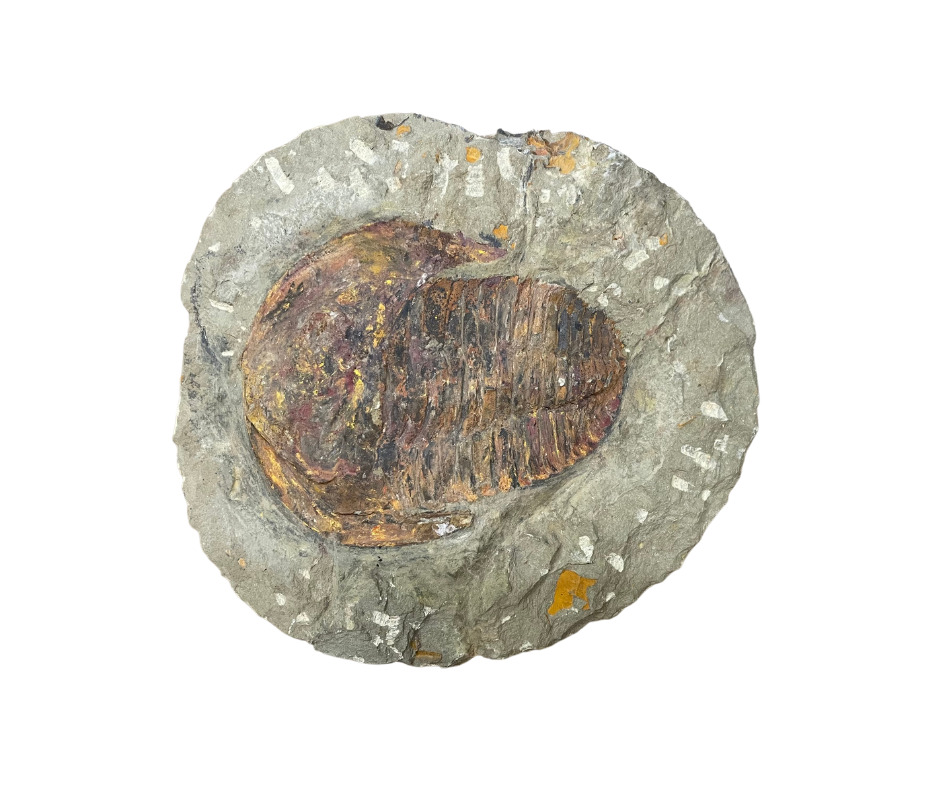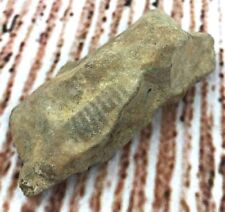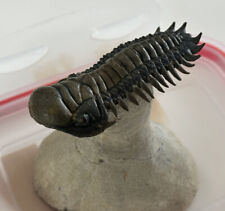Paleozoic Era Trilobite Fossil For Sale

When you click on links to various merchants on this site and make a purchase, this can result in this site earning a commission. Affiliate programs and affiliations include, but are not limited to, the eBay Partner Network.
Paleozoic Era Trilobite Fossil:
$65.00
Trilobite Fossil
Age - 500 Million Years Old
Paleozoic Era
Discovered - House Range - Antelope Springs Millard County, Utah
** Paleozoic Era **
The Paleozoic (or Palaeozoic) Era is the earliest of three geologic eras of the Phanerozoic Eon. It is the longest of the Phanerozoic eras, lasting from 541 to 251.902 million years ago, and is subdivided into six geologic periods (from oldest to youngest): the Cambrian, Ordovician, Silurian, Devonian, Carboniferous, and Permian. The Paleozoic comes after the Neoproterozoic Era of the Proterozoic Eon and is followed by the Mesozoic Era.
** What is a Trilobite **
Trilobites are a group of extinct marine arthropods that form the class Trilobita. Trilobites form one of the earliest-known groups of arthropods. The first appearance of trilobites in the fossil record defines the base of the Atdabanian stage of the Early Cambrian period (521 million years ago), and they flourished throughout the lower Paleozoic before slipping into a long decline, when, during the Devonian, all trilobite orders except the Proetida died out. The last extant trilobites finally disappeared in the mass extinction at the end of the Permian about 252 million years ago. Trilobites were among the most successful of all early animals, existing in oceans for almost 270 million years, with over 20,000 species having been described.
By the time trilobites first appeared in the fossil record, they were already highly diversified and geographically dispersed. Because trilobites had wide diversity and an easily fossilized exoskeleton, they left an extensive fossil record. The study of their fossils has facilitated important contributions to biostratigraphy, paleontology, evolutionary biology, and plate tectonics. Trilobites are often placed within the arthropod subphylum Schizoramia within the superclass Arachnomorpha (equivalent to the Arachnata), although several alternative taxonomies are found in the literature. More recently they have been placed within the Artiopoda, which includes many organisms that are morphologically similar to trilobites, but are largely evolved into many ecological niches; some moved over the seabed as predators, scavengers, or filter feeders, and some swam, feeding on plankton. Some even crawled onto land. Most lifestyles expected of modern marine arthropods are seen in trilobites, with the possible exception of parasitism (where scientific debate continues). Some trilobites (particularly the family Olenidae) are even thought to have evolved a symbiotic relationship with sulfur-eating bacteria from which they derived food. The largest trilobites were more than 45 centimetres (18 in) long and may have weighed as much as 4.5 kilograms (9.9 lb).

Related Items:
Ancient Trilobite Fossil Anthropod Specimen Extinct Paleozoic Era Trilobita
$3.59
Paleozoic Era Trilobite Fossil
$65.00
Exquisite Flying Crotalocephalus Trilobite Fossil Paleozoic Era Morocco
$395.00



